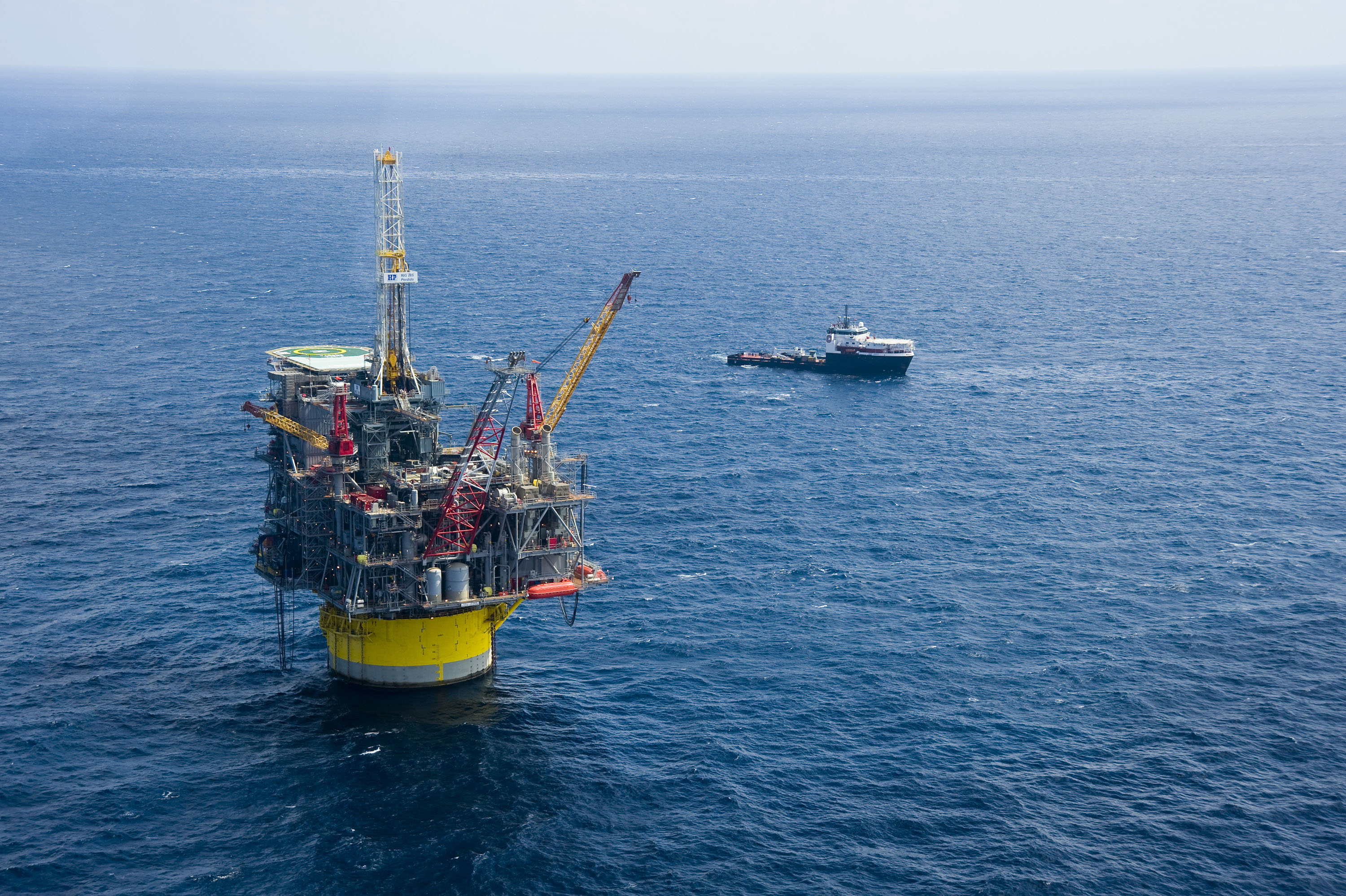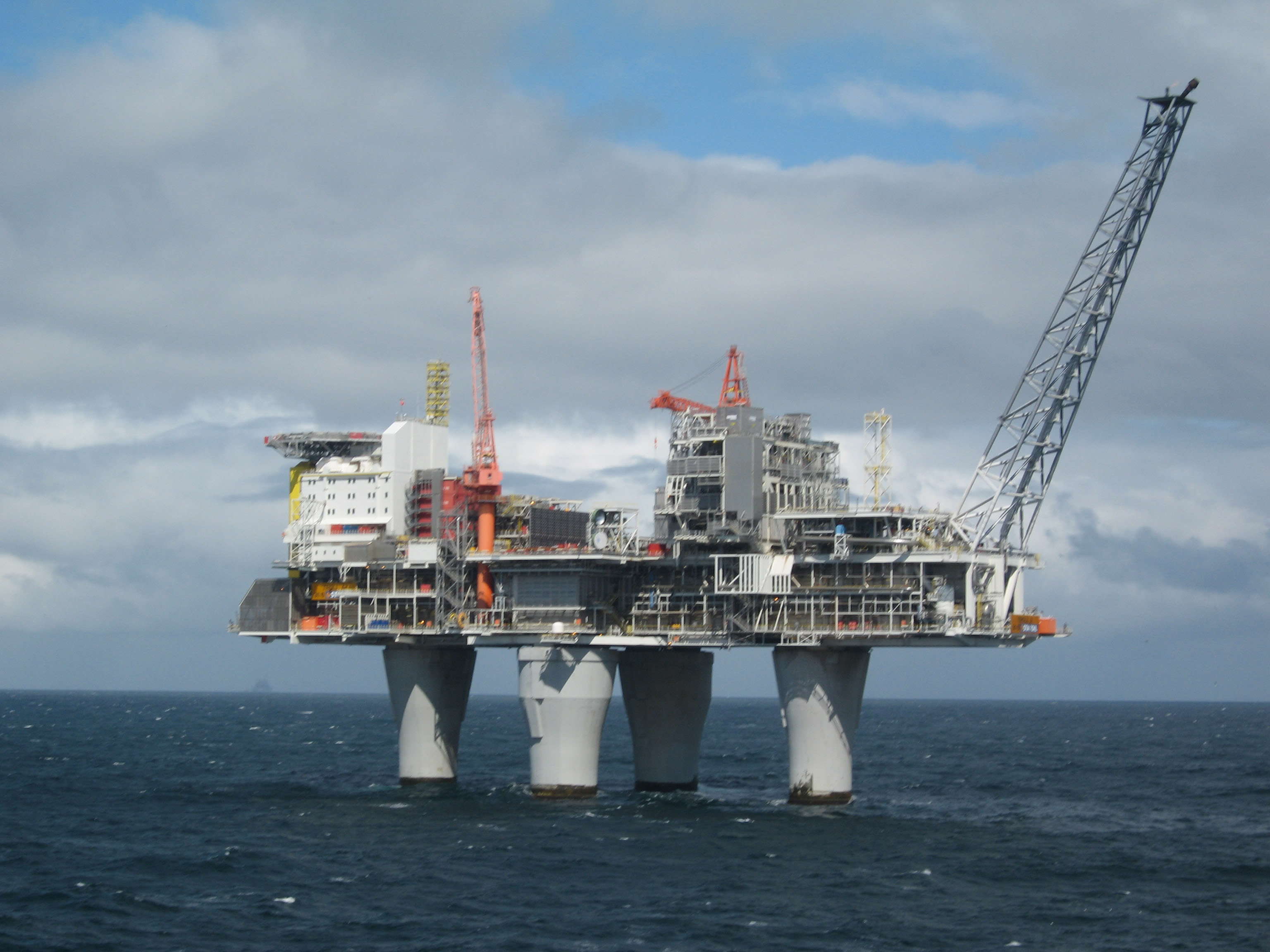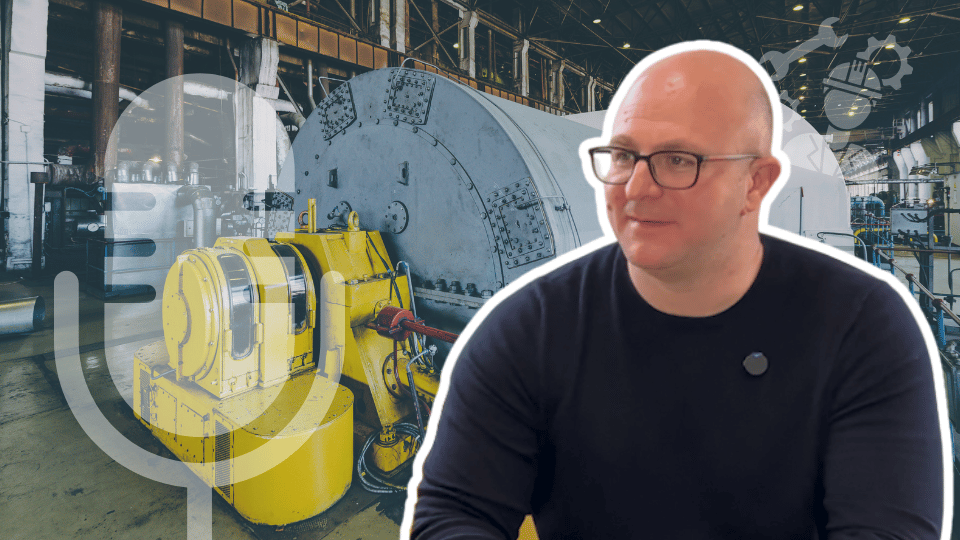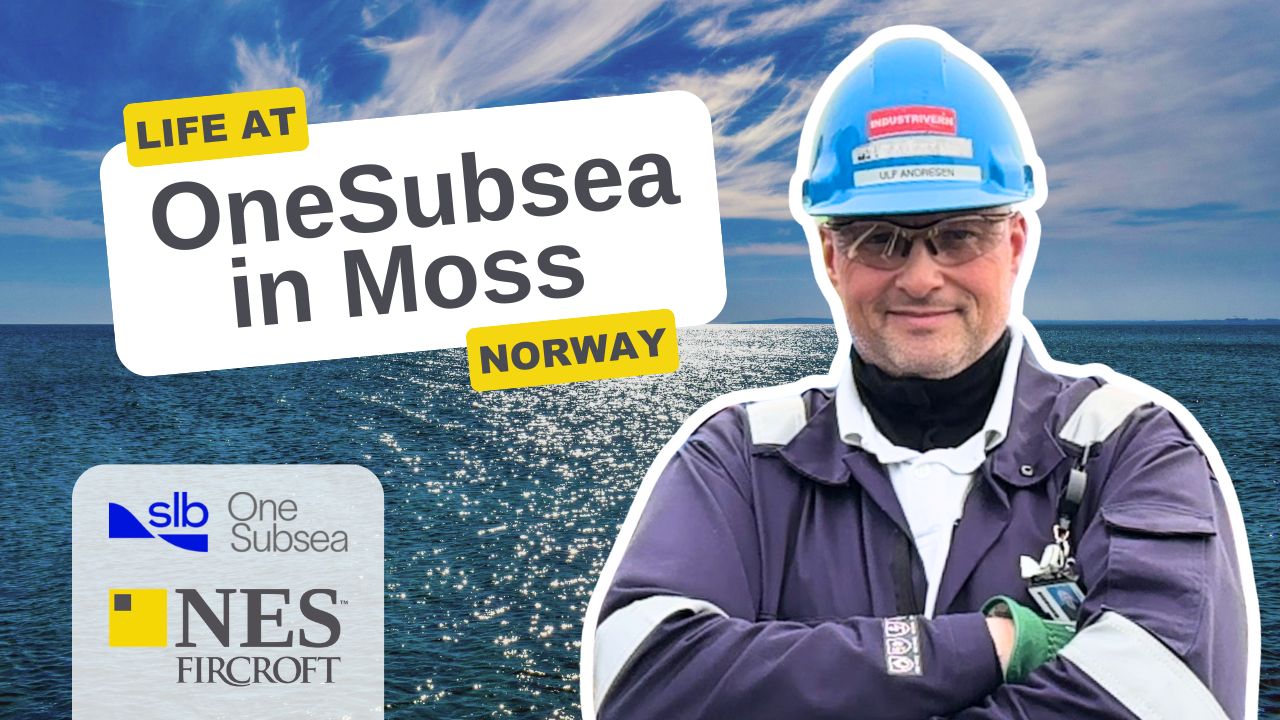The 10 biggest oil rigs in the world
12 Jun, 202310:20While the world continues to invest in sustainable energy solutions, offshore oil and gas ...
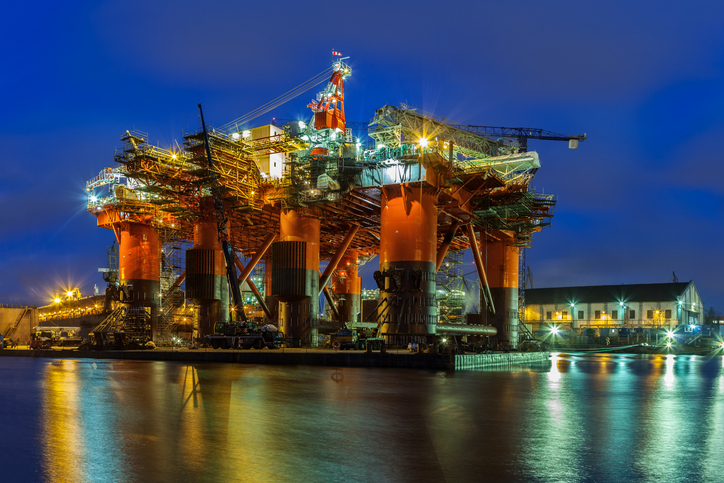
While the world continues to invest in sustainable energy solutions, offshore oil and gas platforms are critical in meeting current global energy demands. These immense structures are designed to withstand harsh weather conditions and extreme environments while extracting, storing, and processing petroleum and natural gas beneath the ocean floor. This article will explore the world's ten biggest oil rigs, detailing their unique features and capabilities.
1. Berkut Oil Rig
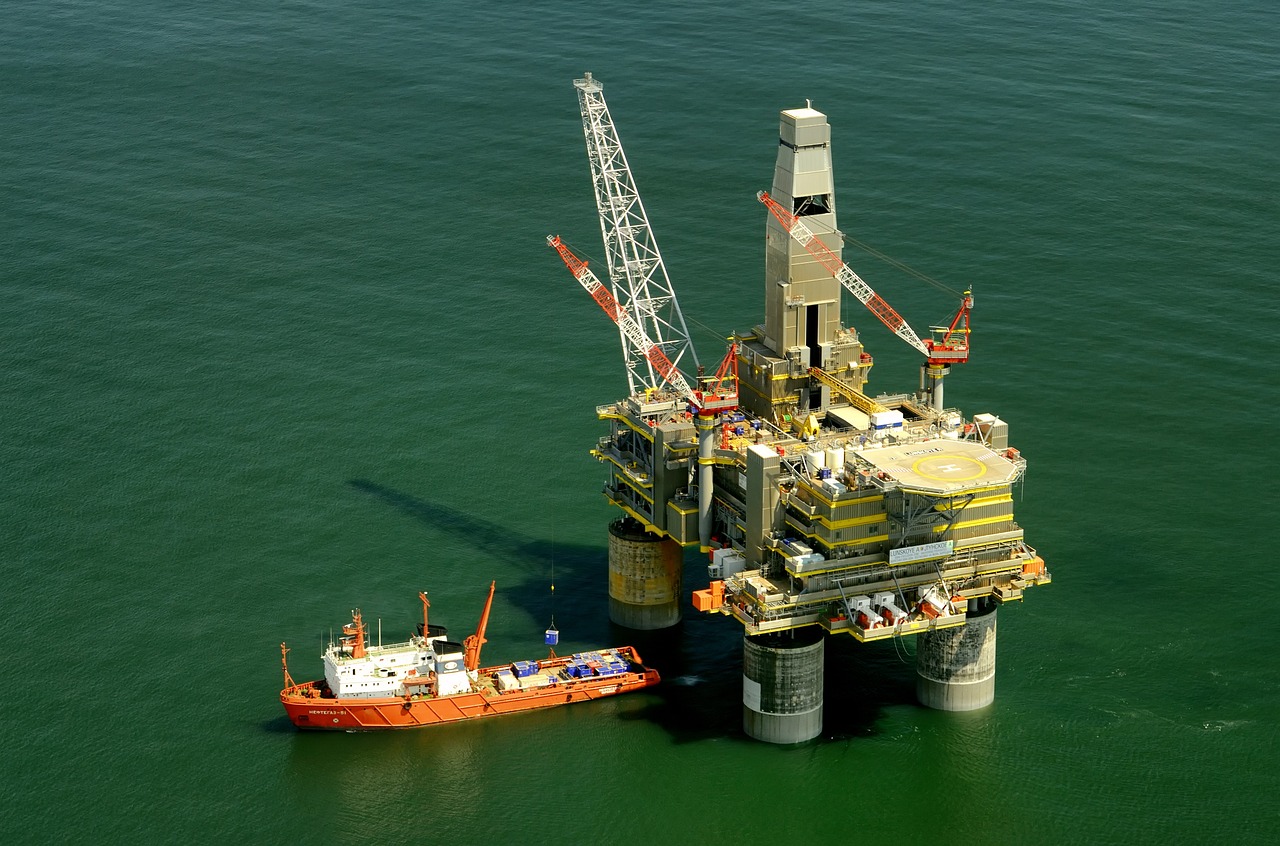
Location and Design
The Berkut oil rig, located off the
Russian Pacific coast near the island of Sakhalin, is the largest oil platform
in the world. Weighing approximately 200,000 tons and situated 35 meters deep
from the seafloor, this engineering marvel has an estimated maximum oil
extraction capacity of 4.5 million tons annually.
The platform is designed to withstand
subarctic conditions, including 60-foot waves and temperatures as low as -44
degrees Celsius. Its gravity-based structure (GBS) is fixed to the seabed,
providing stability and durability in extreme weather and environmental
challenges.
Construction and Operation
Constructed to tap the vast Arkutun-Dagi
oil reserves, the Berkut platform was one of the most expensive and challenging
projects undertaken by a consortium of major oil companies from the US, Japan,
India, and Russia. The $12 billion project, named after the Russian word for
"Golden Eagle," is expected to generate more than $9 billion in
revenue over the next ten years.
The platform's massive topside measures 105 meters in length, 60 meters in width, and 144 meters in height. It weighs over 42,780 metric tons and houses various modules, emergency equipment, a security system, a rig, a processing unit, a living area, a helipad, and other facilities.
2. Stones Floating Production, Storage,
and Offloading Facility (FPSO)
Location and Design
Shell operates the Stones FPSO in
the US Gulf of Mexico, approximately 322 kilometres off the coast of New
Orleans. It holds the record for the planet's deepest operating oil and gas
project, reaching an astonishing depth of 9,500 feet below sea level.
The FPSO, named Turritella, is a
converted Suezmax tanker secured in place using buoyant turret mooring (BTM)
technology. It connects to two wells with plans to expand to six over time and utilises
a flexible "steel lazy wave riser" to carry oil and gas to the
surface.
Capacity and Production
The Stones project can produce an
estimated 60,000 barrels of oil equivalent per day at peak production. The
field is estimated to hold more than 2 billion barrels of oil equivalent,
significantly contributing to global oil production.
3. Perdido Oil Platform
Location and Design
Located in the Gulf of Mexico, approximately
200 miles south of Galveston, Texas, the Perdido oil platform is the world's
deepest spar-type platform. Operated by Shell, it is moored in 2,450 meters
(8,000 feet) of water and produces oil and gas from depths of between 2,300 and
2,800 meters (7,500 to 9,500 feet).
The Perdido's cylindrical spar measures
170 meters (555 feet) and is moored securely to the sea floor. Its hull has a
height of 267 meters, almost as tall as the Eiffel Tower, and weighs 22,000 tons.
Capacity and Production
The platform can handle 100,000 barrels of oil and 200 million cubic feet of gas daily. It serves as a hub for three fields in the Gulf of Mexico - Great White, Tobago, and Silvertip - and is connected to 22 oil wells through a 44-kilometre (27-mile) network of pipelines on the ocean floor.
4. Olympus Oil Platform (Mars B)
Location and Design
The Olympus oil platform, also known as
Mars B, is owned by Shell and operates within the Mars B field in the Gulf of
Mexico. The platform was built to extend the life of the Mars field to at least
2050 and increase production capacity.
Weighing 120,000 tons and standing at a
height of 406 feet from the base of the hull to the top of the derrick, Olympus
is one of the largest floating deep-water platforms in the world. The platform
operates in a water depth of around 3,100 feet and produces approximately
100,000 barrels of oil equivalent per day.
Capacity and Production
Since its inception in 2014, the Olympus platform has produced over 700 million barrels of oil. It supports 192 offshore jobs and has a combined deck area of 342,000 square feet, larger than an NFL Superdome.
5. Hibernia Platform
Location and Design
The Hibernia platform, situated about
196 miles east of Newfoundland, Canada, is the world's largest offshore
platform and the first iceberg-resistant gravity-based structure. It operates
in the North Atlantic and has a total weight of 496,040 tons.
The platform is designed to withstand
collisions with icebergs up to 1.1 million tons in weight. It features a
106-meter cement caisson made of concrete, protected by a surrounding steel
structure to resist icebergs. The gravity-based structure (GBS) can store 1.4
million barrels of oil.
Capacity and Production
The Hibernia platform has operated since November 1997, producing over 1400 barrels of oil daily. It is expected to continue producing oil beyond 2040, contributing significantly to global oil production.
6. Petronius Platform
Location and Design
The Petronius platform, located in the
Gulf of Mexico close to New Orleans, is one of the tallest free-standing
structures in the world. Constructed between 1997 and 2000, this fixed-compliant
tower-type rig weighs 47,399 tons and operates at a depth of 1,754 feet.
Petronius' unique design allows it to
sway with the tidal currents instead of resisting movement due to waves or
winds. It stands at an impressive height of 2,001 feet and features a
multi-deck topside containing essential equipment, living quarters for workers,
pipelines, an operations room, and a drilling rig.
Capacity and Production
The Petronius platform can handle 60,000 barrels of oil equivalent and 3,100,000 cubic meters of oil and natural gas every day. It remains an essential contributor to global oil production.
7. Baldpate Platform
Location and Design
Located off the coast of Louisiana, the
Baldpate platform was the first-ever free-standing offshore compliant tower. Baldpate,
designed by Hudson Engineering in Houston, Texas, stands in an impressive 1,650
feet of water. The platform reached its production peak in 1999.
Capacity and Production
Baldpate's unique design and construction have made it an essential part of the global oil production landscape. Its continued operation contributes to the overall global oil supply.
8. Troll A Platform
Location and Design
The Troll A platform, located off the
west coast of Norway, is one of the tallest structures in the world, with 1,210
feet of structure below the water's surface. The platform uses high-strength
concrete reinforced with steel rods and prestressed tendons, making it a marvel
of engineering and design.
Capacity and Production
The Troll A platform has operated since 1996 and has contributed significantly to global oil production. Its unique design and construction have allowed it to withstand harsh North Sea conditions while maintaining efficient production levels.
9. Olympus (Mars B) Floating Platform
Location and Design
The Olympus (Mars B) floating platform,
owned by Shell, is the company's largest floating deep-water platform. The hull
was built in South Korea and became operational in February 2014. With a height
of 405 feet and a weight of 122,000 tons, Olympus combines the latest
technologies and modern amenities for its 195 workers.
Capacity and Production
The Olympus platform supports the extraction and processing of more than 360,000 barrels of oil daily through its 48 oil wells. The platform's supporting pillars are coated with special corrosion-resistant paint, ensuring its durability and longevity in the Gulf of Mexico.
10. Olympus Oil Platform
Location and Design
The Olympus oil platform, also known as
Mars B, is owned by Shell and operates within the Mars B field in the Gulf of
Mexico. The platform was built to extend the life of the Mars field to at least
2050 and increase production capacity.
Weighing 120,000 tons and standing at a
height of 406 feet from the base of the hull to the top of the derrick, Olympus
is one of the largest floating deep-water platforms in the world. The platform
operates in a water depth of around 3,100 feet and produces approximately
100,000 barrels of oil equivalent per day.
Capacity and Production
Since its inception in 2014, the Olympus
platform has produced over 700 million barrels of oil. It supports 192 offshore
jobs and has a combined deck area of 342,000 square feet, larger than an NFL
Superdome.
NES Fircroft and supporting the Oil and Gas industry
NES Fircroft has been recruiting engineering and technical professionals
for global oil & gas jobs since
1970. Our recruiters source candidates for some of the biggest energy
projects across the world, with jobs available across various industry
verticals. Upload your cv to our
database or view
our current vacancies to find your next role in the oil and gas
industry.
Through tailored workforce solutions, we’ll help
energy clients to staff their projects, and through demonstrable experience
(we’re proud to look after over 12,500 contractors), our discipline-specific recruiters will help
support contractors on their assignments, and help candidates prepare
for the job market.







